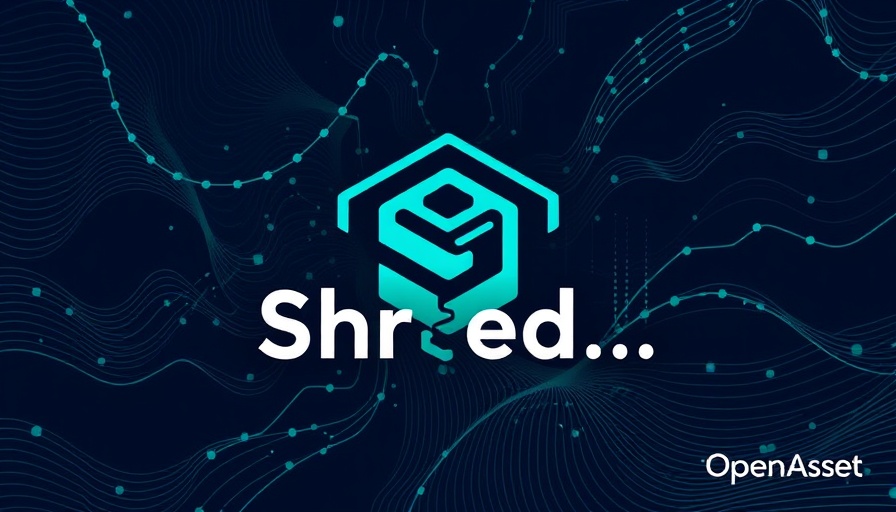
A Revolutionary Tool for Proposal Writers
OpenAsset has taken a significant step forward in the AEC (architecture, engineering, and construction) industry with the launch of Shred.ai, a groundbreaking AI proposal writing tool. This new innovation aims to transform how marketing and business development teams within these sectors create and manage proposals, addressing the common challenges they face.
Why Shred.ai Matters
Proposals are often the lifeblood for AEC firms, yet producing high-quality proposals frequently becomes a daunting task. According to Jason Janicki, CEO of OpenAsset, the introduction of Shred.ai isn’t merely about adding another product to their suite; it represents a commitment to solving the daily difficulties AEC marketers endure. With many firms generating dozens of proposals each month, good content often gets buried, leading to wasted time and effort.
Unlocking the Potential of Past Proposals
Shred.ai operates as a centralized library that allows firms to store, search, and reuse past proposal content effectively. This valuable feature ensures that AEC marketers can access winning language that has proven its effectiveness in previous proposals. Over time, great material can become lost in countless folders and outdated files, but with Shred.ai, users can reverse this cycle. The AI understands a firm’s history and recommends pertinent content tailored to specific proposals.
Growing Expectations in AEC Marketing
As AEC firms evolve, the pressure to deliver compelling proposals grows. The challenges of managing proposal data have led to calls for more intelligent, streamlined processes. Shred.ai is designed for this reality—empowering teams to conduct targeted analyses that ensure they are pursuing the right opportunities.
Real-Life Impact and Future Trends
Consider how this tool can reshape the future of proposal writing in the AEC industry. Imagine a marketing team that, instead of buried in paperwork, spends their time innovating and strategizing because they can instantly access and leverage their historical successes. Shred.ai provides compliance checks, ensuring important RFP (request for proposal) information is covered even before the first draft is complete, saving countless hours of manual formatting and rework.
How AEC Marketers Can Start Using Shred.ai
The implementation of Shred.ai is simple and aligns seamlessly with existing workflows. AEC marketers can upload their entire portfolio and utilize an intuitive search interface for exploration. The ease of use means that even teams with less technical knowledge can benefit from its capabilities.
Taking Action with Proposal Writing
This innovative approach to proposal writing not only enhances efficiency but could also lead to enhanced creativity within marketing teams. With less time spent on formatting and more emphasis on content quality, teams may discover newfound inspiration in their next proposal. As OpenAsset continues to refine this tool, AEC marketers can look forward to ongoing enhancements that will further facilitate their work.
In conclusion, Shred.ai embodies a pivotal moment for the AEC industry, providing marketers with the intelligent and structured tools they require. As this technology advances, staying informed and willing to adopt new initiatives will be vital for AEC firms aiming to maintain a competitive edge in proposal submissions.
Call to Action: Bypass ANY AI Detector with ease with https://prompt2human.com
 Add Row
Add Row  Add
Add 




Write A Comment